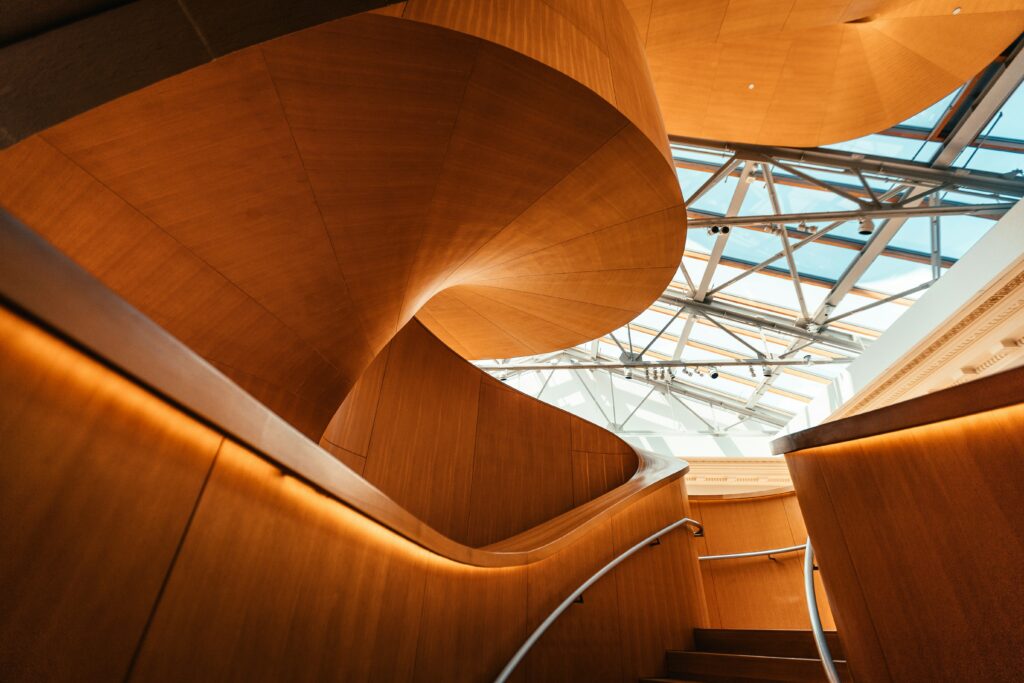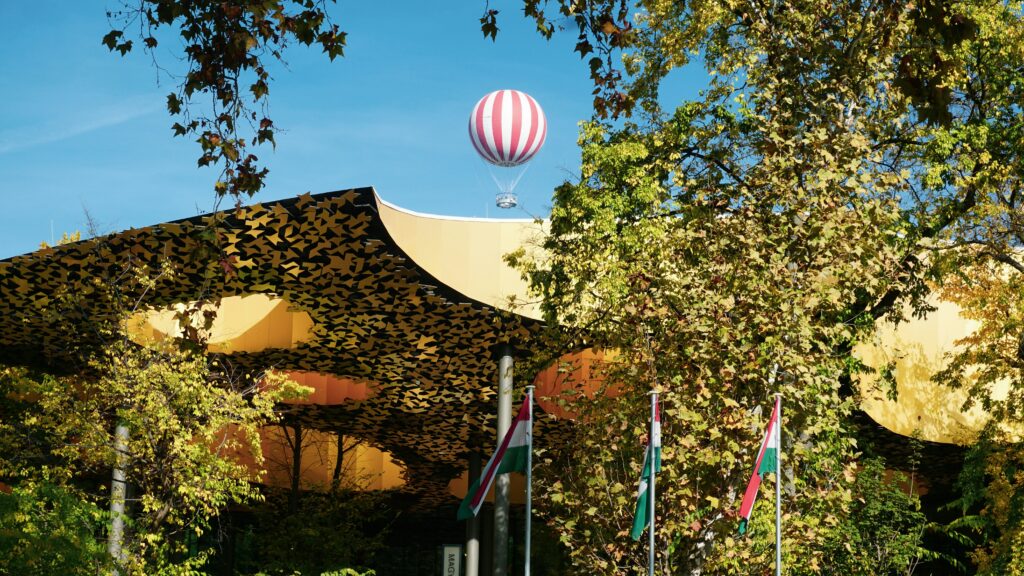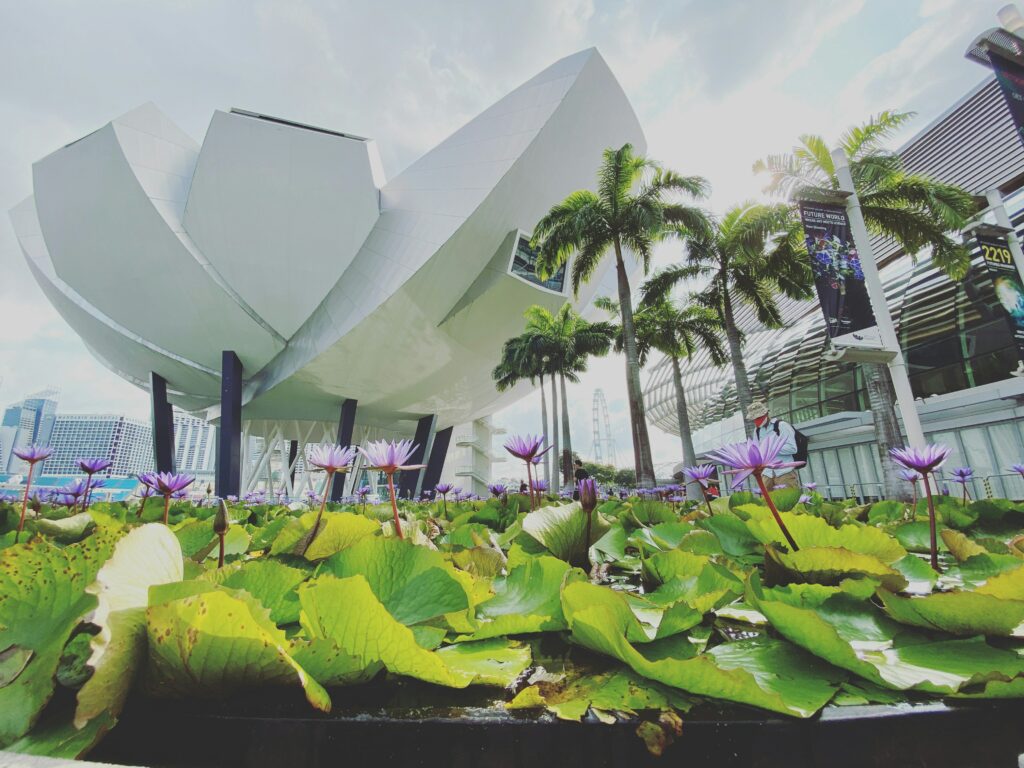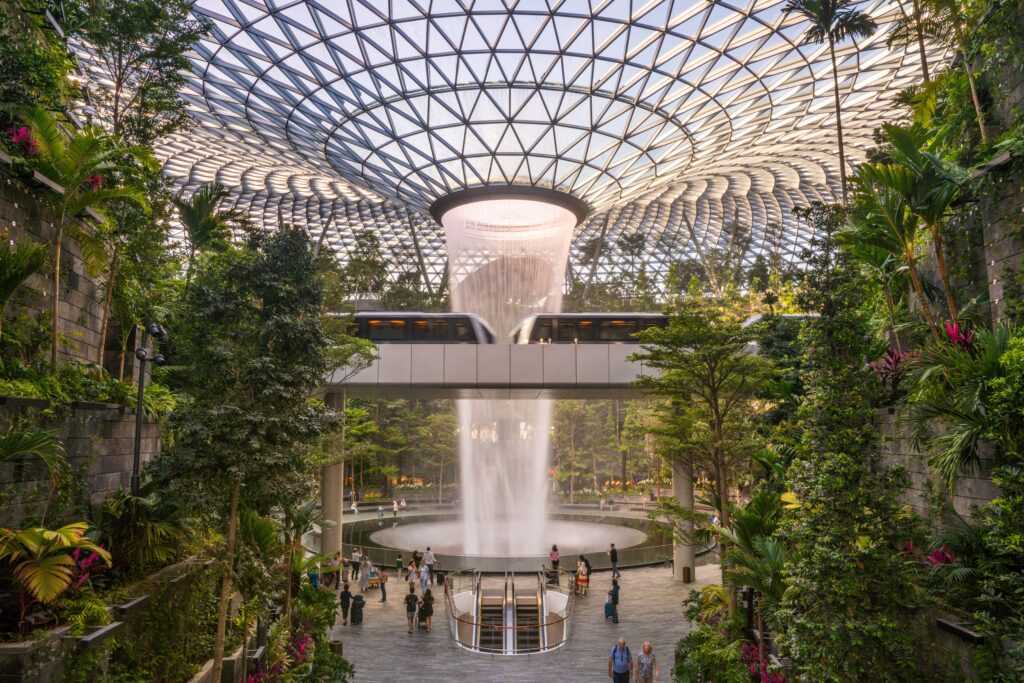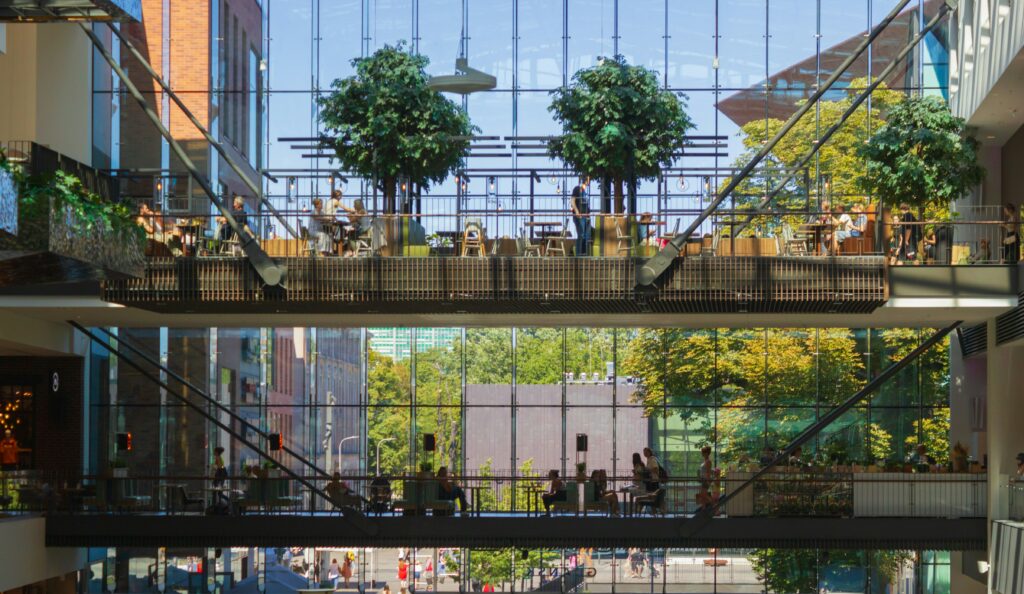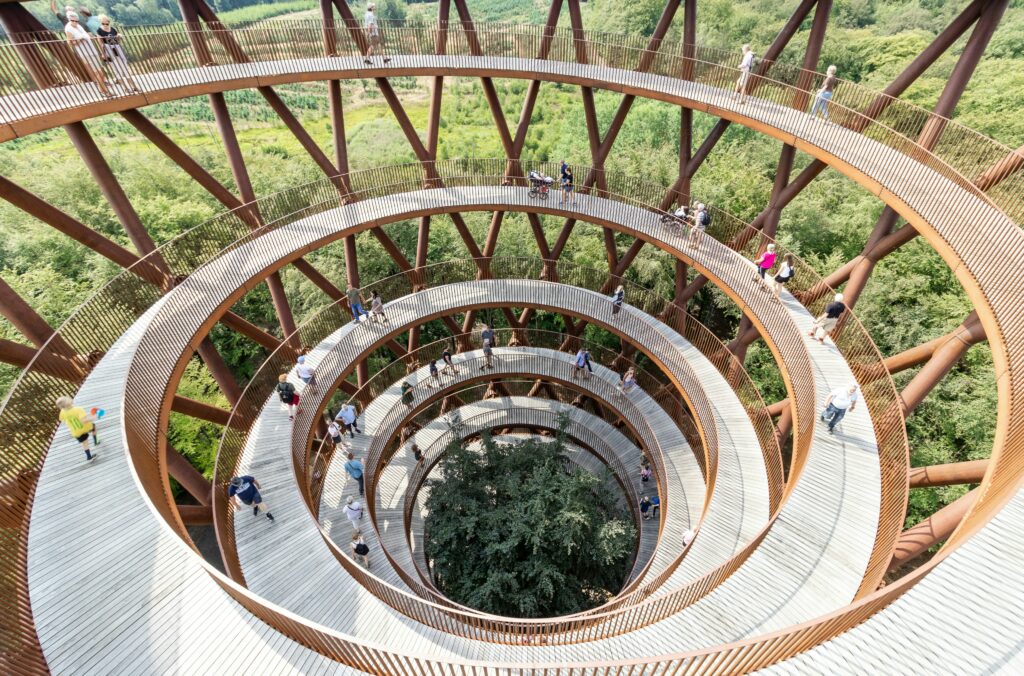Biophilic Design
Biophilic Design, or Biophilic Design, is an applied science that aims to effectively connect humans with nature in the built environment and confined spaces, where 90 percent of time is spent. Stephen R. Kellert (1943-2016), Professor Emeritus in Social Ecology at Yale University, is considered a pioneer in this discipline, thanks to his 2008 publication "Biophilic Design: The Theory, Science and Practice of Bringing Life to Buildings." Kellert defines Biophilic Design as "the deliberate attempt to meet the human need for contact with natural systems and processes in the contemporary built environment", emphasizing its role in improving people's physical and mental health, productivity and wellbeing . This interdisciplinary approach fosters a positive relationship between people and their environment, contributing to the wellbeing of both people and the environment. Based on the Biophilia Hypothesis (1993) and rereresearch from multiple disciplines such as Environmental Psychology, Biophilic Design is seen as a fundamental approach in modern design, applicable in all living contexts. Kellert states, "We can build and create our world through learning and the exercise of free will, but to be successful we must remain true to our biology, which is rooted in nature. If we stray too far from our inherited dependence on the natural world, we do so at our peril." In addition, by stimulating innate human Biophilia, Biophilic Design directly influences in favor of sustainable behaviors. Ultimately, Biophilic Design is a win-win solution that effectively contributes to social, environmental and economic sustainability.
